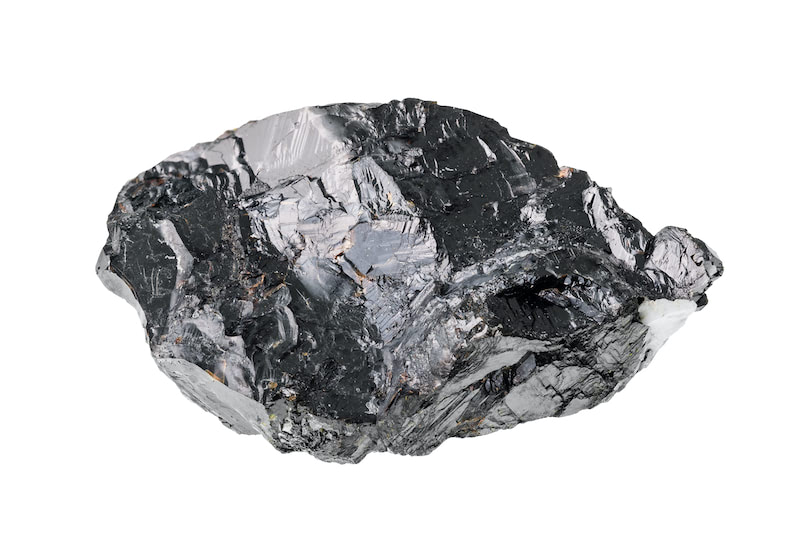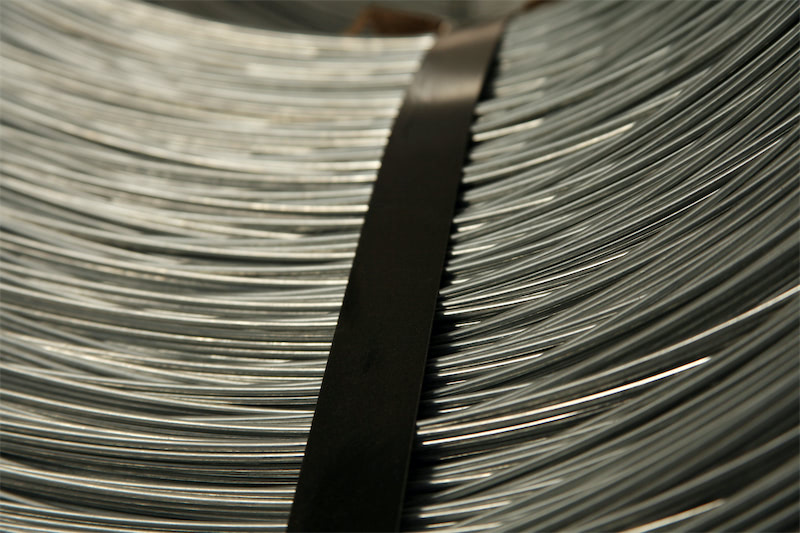






SHANGHAI, Sep 27 (SMM) - At the 2022 SMM (12th) China Tin Industry Chain Summit co-hosted by the Shanghai Futures Exchange and SMM, SMM Big Data Director Li Daisheng made an in-depth analysis of the supply and demand of the tin market. He said that high profits boosted the output of overseas tin mines in the second half of 2021. At present, the supply is low, and demand is highly likely to recover after an extreme decline. Based on the current extremely low inventory, overseas mines are more than likely to ramp up their mining efforts. Hence it is necessary to pay attention to the earnings reports of the major mining companies next year. On the demand side, the demand generated by energy transformation has surged. Furthermore, due to the impact of the conflict between Russia and Ukraine, the demand for photovoltaic installations in Europe and even the world has skyrocketed. The global combined PV installation demand is forecast to be close to 3,300-3,500 GW by 2030, and the average annual demand for modules in China is expected to be around 400GW by 2030.
High profits boosted overseas mine output in the second half of 2021
Tin ore production in Peru rose steeply YoY amid the use of high-grade ore as well as high profits. In Brazil, due to the low grade and the reduction in the ore processing volume caused as a result of maintenance, the tin ore output saw a negative year-on-year growth.
In the second quarter of 2022, Pitinga tin production reached 1,413 mt, a decrease of 12% YoY mainly due to lower ore grades (-9%) and lower processing volume (-8%). The reason for the lower volume of ore processed is the lower availability of loading and transport equipment in the mine.
In the first half of the year, Pitinga's production was down 6% compared to the same period last year, mainly due to the aforementioned cause of lower processing volume. Pirapora had a higher recovery rate with the processing of semi-finished product, and the cumulative output was 4% higher than that in the first half of 2021.
DRC: Tin-containing production was 3,180 mt, a new quarterly high and 4% higher than the previous quarter. Recovery rates of underground mining and processing plants were in line with expectations. The tin-containing production is estimated at 6,241 mt throughout 2022. Tin-containing production and sales are expected to be around 3,000 mt for the quarter ending September 2022.
Australia: Ore grade and tin recovery rate increased.
To sum up, the mine production in the above-mentioned overseas regions has increased significantly in recent years. Compared with other metals, tin ores are more profitable, and factors such as pandemic and labour shortages have little impact on mine production. China’s import volume of mines is still relatively high.
The year-to-date imports of Myanmar ores in 2022 rose 22.66% year-on-year
China's dependence on overseas ore is higher than 60%. The grade of Myanmar ores has declined, and the mining activities are not very active. The ore traders receive less Myanmar ores, resulting in a rapid decline in processing fees recently. SMM believes that the bottleneck for the future smelting end lies in the long commissioning cycle of mines. The resources are mainly concentrated in Australia, and the commissioning occurs every 5-8 years. Most overseas mines are in the initial stage of exploration. At present, the supply is low, and demand is highly likely to recover after an extreme decline. Based on the current extremely low inventory, overseas mines are more than likely to ramp up their mining efforts. Hence it is necessary to pay attention to the earnings reports of the major mining companies next year.
Peru: Pisco's smelter and refinery began operation in 2019. As a result, the monthly processing capacity of the plant has been gradually increased from 4,342 mt in 2019 and 5,915 mt in 2020 to 7,075 mt in 2021, ending the last fiscal year with the best processing rate in the past 14 years. Pirapora's smelter and refinery (SPR) processed tin concentrate from Pitinga MU and converts it into high quality refined tin with a purity of 99.9%.
Brazil: Pirapora refined tin production was 1,538 mt, a 10% increase compared to the second quarter of 2021. The increase in refined tin production was due to higher ore recovery rates, as more semi-finished products from previous months could be recovered during the quarter. It's worth mentioning that the production drop due to low equipment availability at Pitinga did not impact Pirapora's production in the second quarter of 2022. Finally, ferroalloy production in the second quarter of 2022 was 1,019 mt, flat with the second quarter of 2021.
Global combined PV installation demand is forecast to be close to 3,300-3,500 GW by 2030
The demand generated by energy transformation has surged. Furthermore, due to the impact of the conflict between Russia and Ukraine, the demand for photovoltaic installations in Europe and even the world has skyrocketed.
The consensus on global net zero emissions has been reached, and the carbon emission reduction targets of various countries have been determined. The development of renewable energy power generation as the most important route to net zero emissions has been put on the agenda by various countries.
IRENA predicts that the global installed PV capacity will reach 5221GW (1.5℃) by 2030. And IEA predicts that the installed OV capacity will reach 3063GW (global commitment target) by 2030. SPE predicts that the European installed PV capacity will reach 1TW by 2030.
From the perspective of the overall production capacity of the supply chain and policies of various countries, it is believed that the PV installed capacity around the world will be around 4,000GW by 2030, of which Europe, the United States, and India will be the main forces.
Modules: It is estimated that the annual domestic module demand will be 400GW by 2030
According to the forecast of IRENA, DNV GL and other institutions, combined with SMM analysis of the global market, the cumulative global installed PV capacity will reach 5TW by 2030. It is estimated that the average installed PV capacity in recent years will reach about 430GW per year, and by 2030, the global average annual demand for modules is expected to be 560GW (capacity ratio 1.3).
In 2021, China's module production accounted for 82.3% of the world's total. With the support of various countries for local photovoltaic production (RepowerEU, Defense Production Act, etc.), SMM expects that the market share of China's module production will drop to about 70% by 2025, and the average annual demand for Chinese modules is expected to be 400GW by 2030.
According to SMM statistics, China's module production capacity will reach 580GW by the end of 2022, and will exceed 700GW by 2023. It is expected that high-power modules with high market recognition will be more popular in the short term after the price of polysilicon drops. With the release of high-power module production capacity, the gross profit will gradually decline, and the market competition will become fierce. Th enterprises with a single business will be eliminated.
Attention shall be paid to the trading opportunities brought about by the mismatch between the commissioning of overseas mines and demand recovery
Considering that the domestic export demand has fallen from a high level, and the overseas interest rate hike cycle has been extended, there may be a slight negative growth next year on the demand side compared to this year. The growth engine mainly comes from the increase in installed PV capacity.
The attention shall be paid to overseas tin mining and mine commissioning from 2024 to 2025. In the context of excess smelting capacity and the supply shortage lies in the mine end, tin price will gain momentum from slower-than-expected commissioning of mines as well as demand recovery.
For queries, please contact Lemon Zhao at lemonzhao@smm.cn
For more information on how to access our research reports, please email service.en@smm.cn

